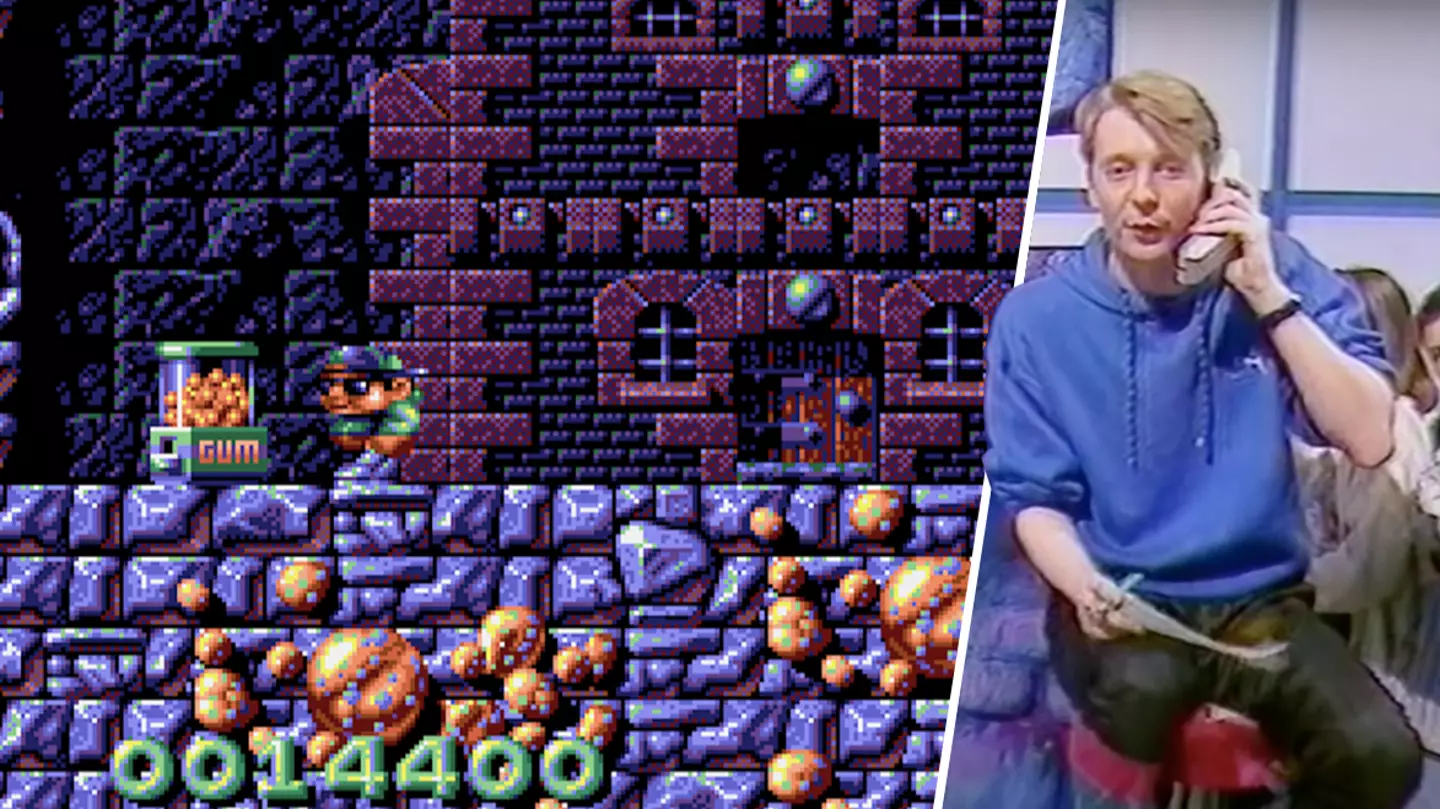
Most of us play games on our phones. That could be not often at all, or in many cases exclusively, but it’s something that pretty much any of us who’ve ever owned a smartphone have done in the last decade or so. I don’t care for any casual versus hardcore dichotomy, or arguments about what is or isn’t an authentic video game. Bore someone else with that pathetic rhetoric. To me, it doesn’t matter whether you’ve played Infinity Blade or Monument Valley or a mobile port of a Final Fantasy classic; Flappy Bird or Candy Crush, a mobile tie-in for Fallout or a dedicated version of Fortnite; or simply clicked your way to Wordle each morning to wake up your brain with a word game. Congrats: you’re playing a game on your phone.
But playing a game using your phone was, for a period between the late 1980s and early 1990s, something very different indeed. Obviously, smartphones simply weren’t a thing - and mobiles of the time, well, they were hardly mobile at all. Certainly not things you could fit into the average jean pocket. What was all the rage, however, were Saturday morning TV shows for kids. On both BBC1 and ITV in the UK, presenters would slide onto our screens with loud voices and louder shirts to host celebrity Q&As, introduce an array of cartoons, partake in slapstick comedy skits, throw to outside-broadcast events, exchange (un)pleasantries with puppets, and generally get up to all sorts of nonsense designed to keep anyone who wasn’t old enough to be nursing a hangover happy. (Though, these shows also appealed to that crowd, too.)
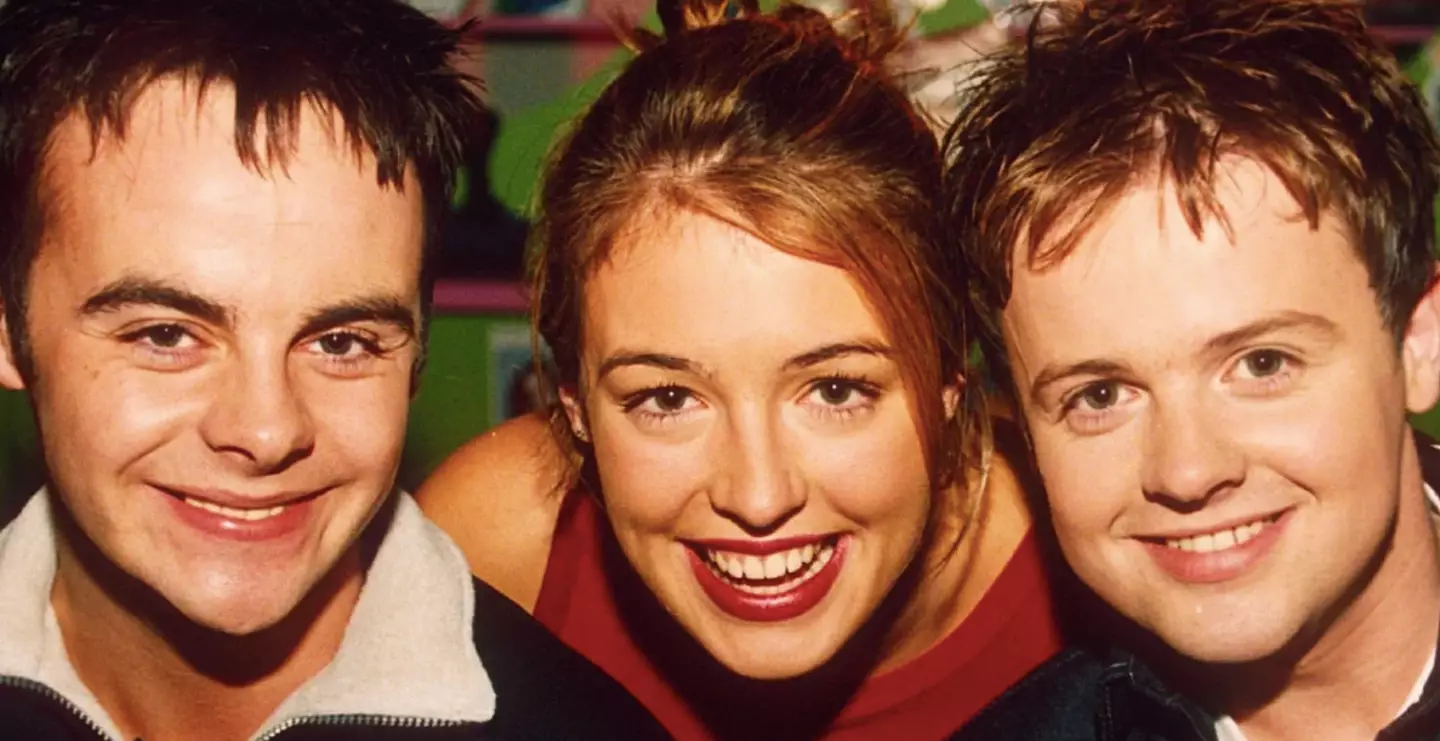
You probably know the sort of shows I’m talking about. Live & Kicking and its predecessor Going Live! dominated Saturday mornings on the BBC from the late ‘80s right into the 21st century. On ITV, the Ant-and-Dec-and-Cat-fronted SM:TV Live was a blazing success from 1998 to 2003, and before it came all manner of similar if rather-less-memorable productions: Scratchy & Co, What’s Up Doc?, Gimme 5, Motormouth, the Chris Evans-hosted TV Mayhem, Get Fresh, and several more. And, of course, there was Tiswas, but I’m not so naive to think that anyone reading this would remember that. And it was on the shows Get Fresh, Motormouth and What’s Up Doc? where playing games on your phone meant being beamed directly into the TV sets of millions, rather than prodding a tiny screen while waiting for your bus to show up.
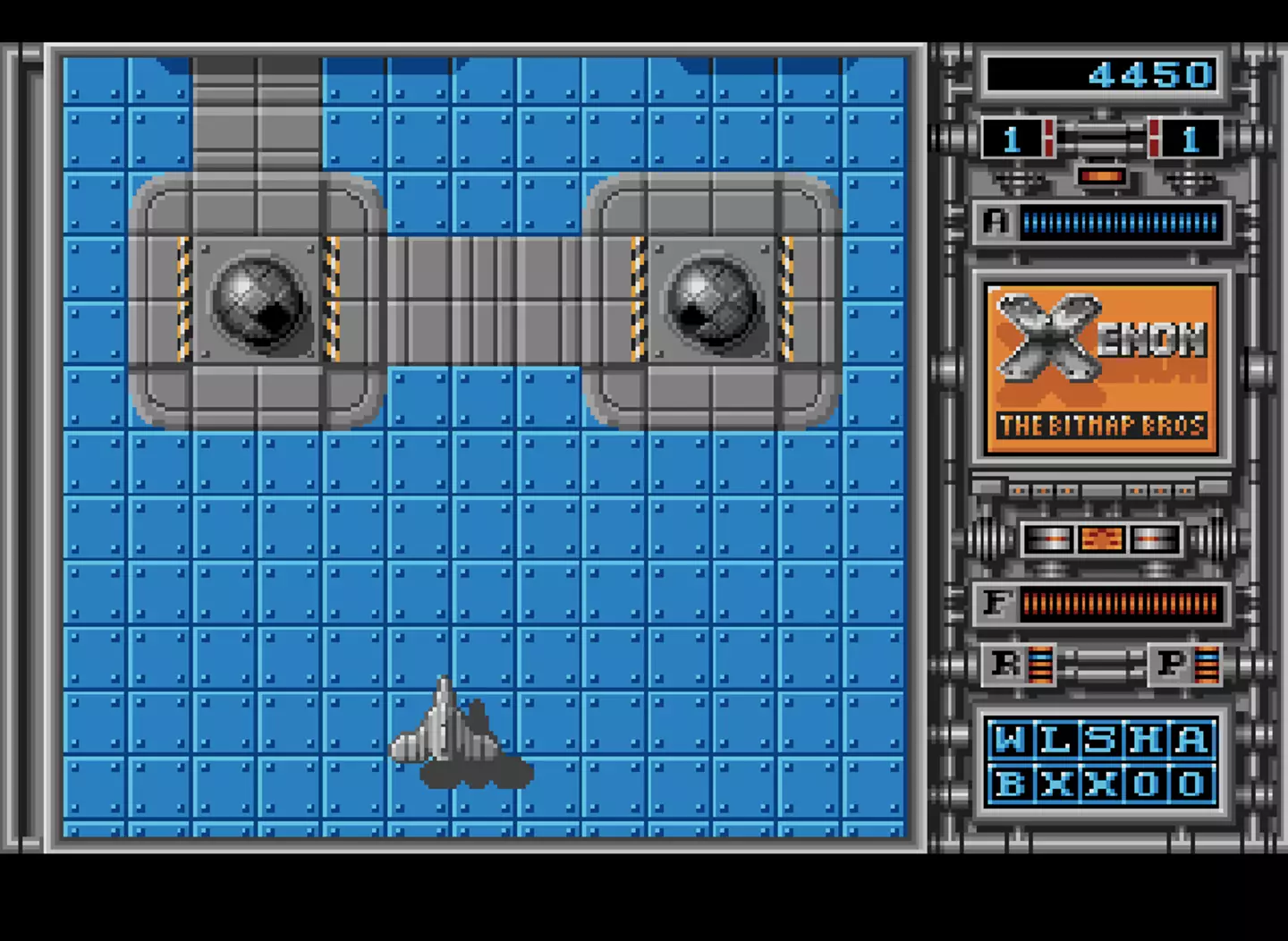
Video games had featured on children's television as a means to win prizes before Get Fresh came along and used (a modified version of) The Bitmap Brothers’ vertical shooter Xenon as an in-show call-in slot. Running from 1984 to 1988, First Class was a quiz show on BBC1 that would sometimes feature arcade titles as part of the week’s challenges, including Atari’s Paperboy and Konami’s Hyper Sports. But in 1988, Get Fresh went a step further by having a caller from home play Xenon live on air, issuing control commands - left, right, shoot - down the phone. This was a huge opportunity for The Bitmap Brothers - Xenon, the studio’s first game, being given national airtime at a peak time for parents-nagging kids. That exposure combined with a range of impressive review scores - Xenon received 9/10 in CVG and Your Sinclair - made the game a modest hit, and the Bitmaps moved onto Speedball, Gods, and another game that would grace TV screens much like its makers’ debut.
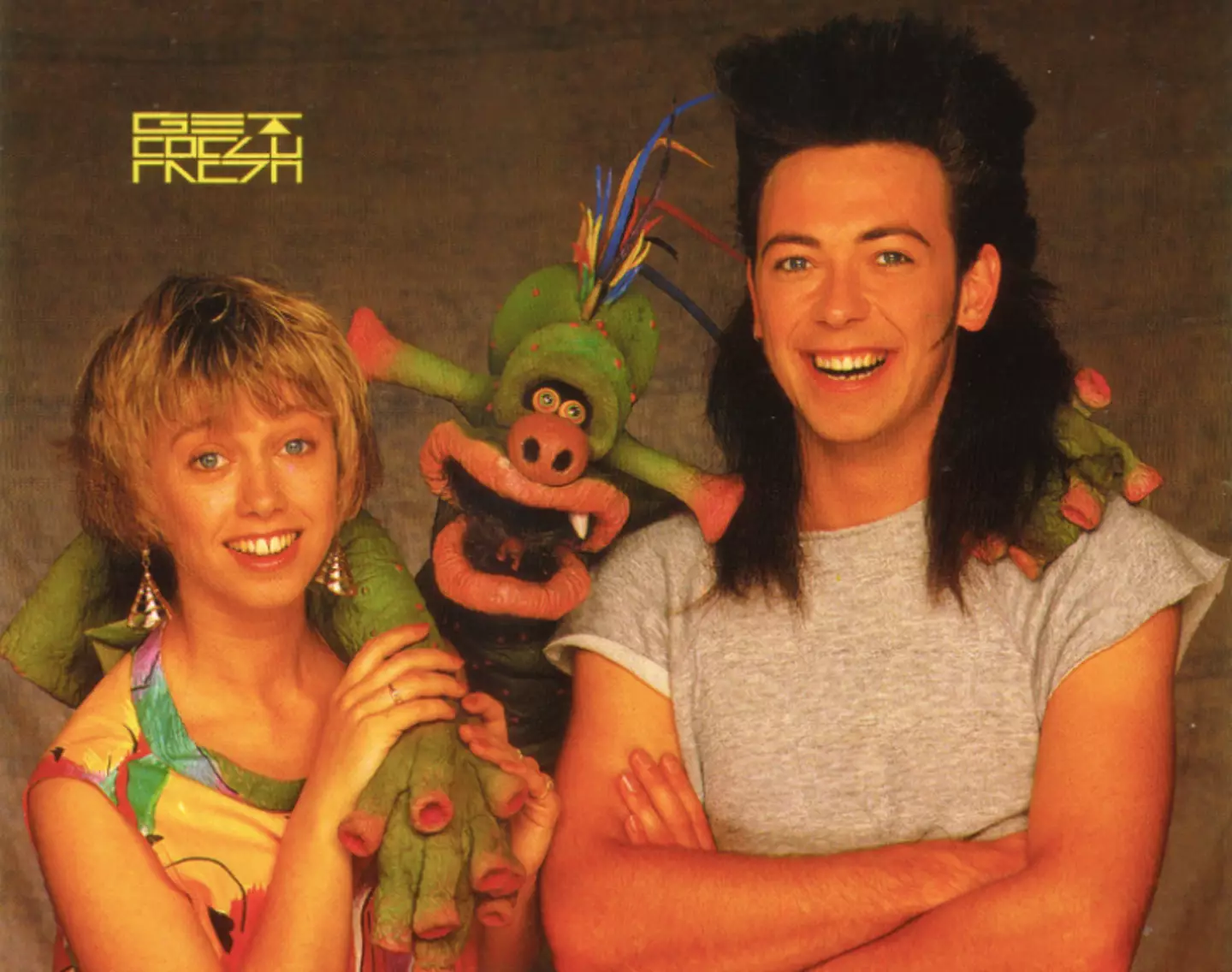
Get Fresh ran from 1986 to 1988, its inclusion of Xenon arriving near the end of its time on air. The show that followed it on ITV’s Saturday mornings, Motormouth, wasn’t about to let a good item go, and had a call-in gaming slot of its own. This wasn’t a sci-fi-looking shooter, however - it was something altogether creepier. Released in 1988, Weird Dreams was made by Rainbird Software and, well, it was a freaky thing indeed. I have a very clear memory of watching a caller try to make their way through the game, moving the protagonist Steve through a surreal landscape where he’s plagued by gigantic wasps, and being ever so slightly terrified by it. I’m not sure my recollection is totally accurate - having watched a longplay of the game since, there is a massive wasp, but it’s in a different location to what my memory has locked in place, wrongly or rightly (the Motormouth version was modified for TV) - but I do now know that this wasn’t a game really aimed at children.
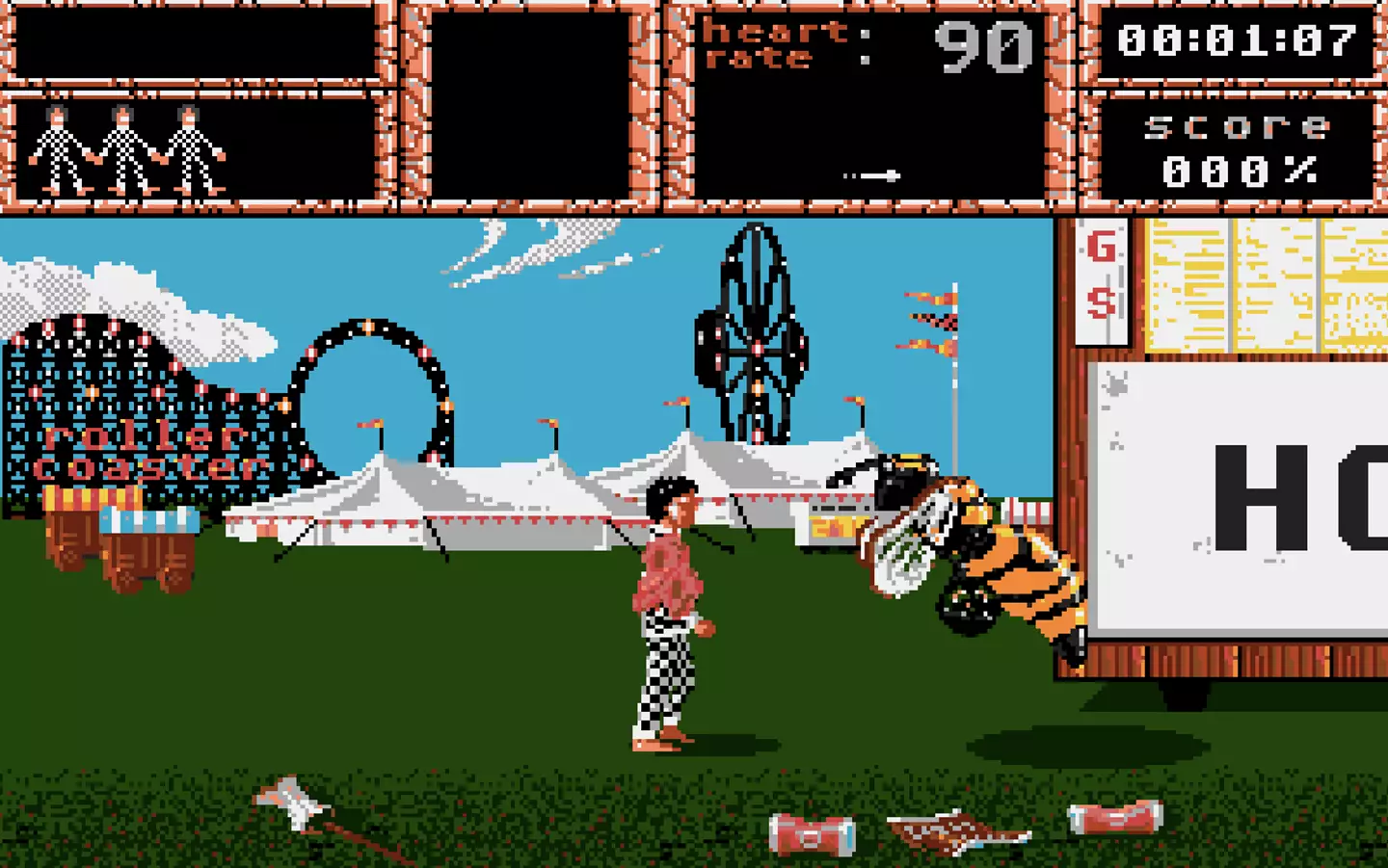
The TL;DR take on the Weird Dreams story, then. Steve has a huge crush on a girl called Emily, but she’s possessed by a demon. Emily drugs Steve, putting him to sleep, and the demon escapes her body and enters her stricken admirer. Steve ends up being plagued by the most awful dreams, and ends up going to a brain surgeon to seek the help nobody else can provide. And it’s here where we play through his potentially final, potentially fatal last snooze. I mean. It’s hardly our princess is in another castle, is it? Unlike Xenon, Weird Dreams was not widely beloved by critics at the time: CVG gave it a score of 31%, and The Games Machine 64%, although it did sneak a 90% from The One. Motormouth didn’t stick with the game either, returning to The Bitmap Brothers for its next interactive feature.
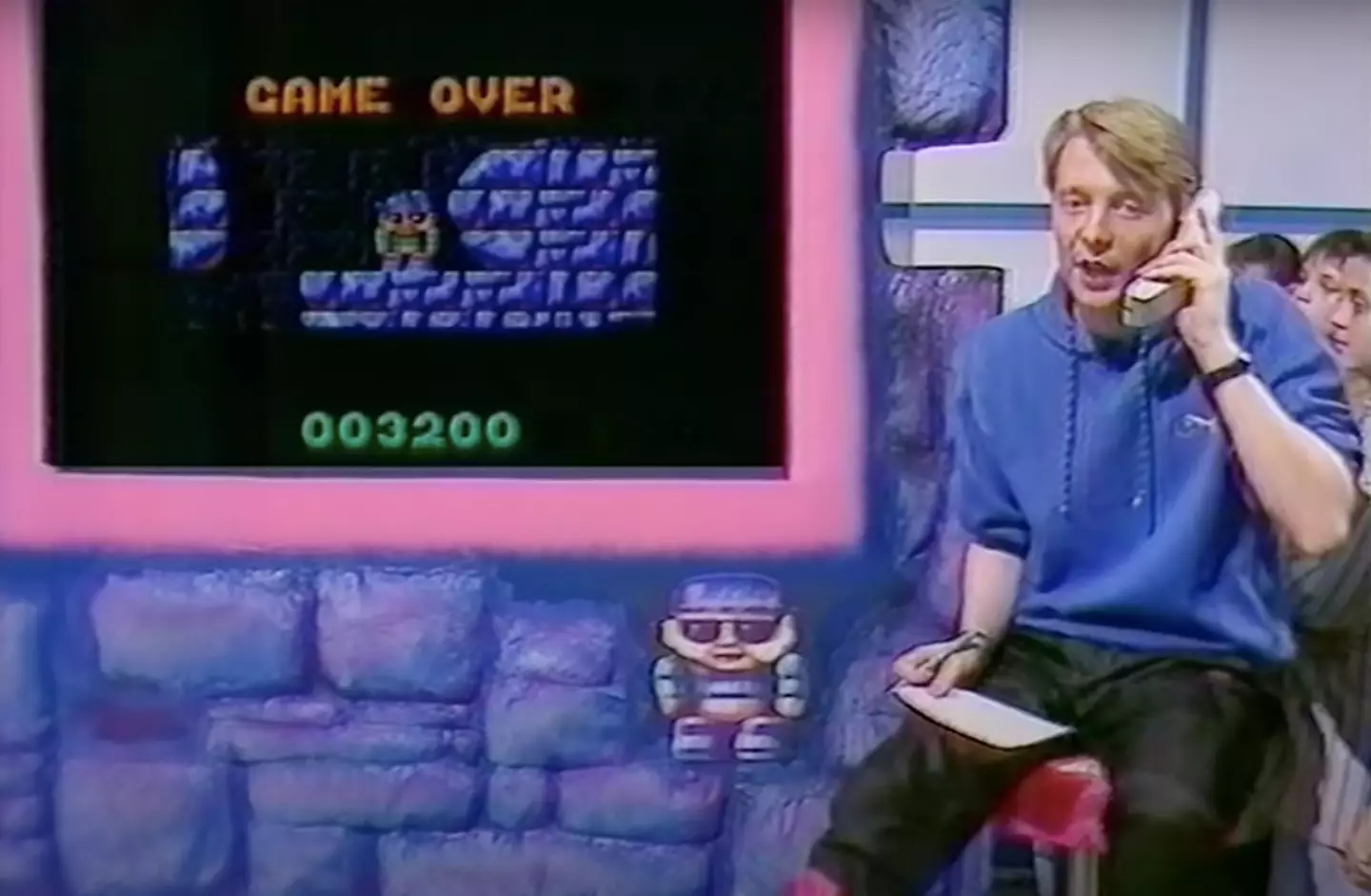
Again a modified version of the game players could pick up at retail, 1991’s Magic Pockets arrived on telly with host Andy Crane taking callers through the basics of this, ahem, “computer telephone TV interactive computer game”. Walk from left to right, pick up fruit and sweets and defeat enemies for points, and you’ve a minute to, um, win it. With its chunky and cartoony 16-bit visuals and simple gameplay that wasn’t so far removed from the incredibly popular Super Mario games, Magic Pockets worked brilliantly on TV - even if the gameplay, as instructed by the kid phoning in from home, was pretty far from fluid. If you picked the game up for your own Amiga, Atari ST or PC, you’d have heard Betty Boo’s ‘Doin’ the Do’ single soundtracking Magic Pockets’ title screen - another great musical crossover for the Bitmaps after Bomb the Bass showed up with ‘Megablast (Hip Hop on Precinct 13)’ on Xenon 2: Megablast and synth-pop legend John Foxx’s Nation 12 provided the title music for Gods. There was no Betty Boo in Motormouth’s Magic Pockets - but players achieving high scores did win prizes.
Advert
Check out Magic Pockets played on Motormouth at 53.30 in the embedded video below…
Andy Crane was back at it again in a post-Motormouth ITV Saturday morning show - but this time, callers didn’t need to speak their commands into the phone. What’s Up Doc? saw Crane present a segment where callers could control the Hugo the Troll character using the keypad on their phones, the tones each button making corresponding to a command. Sounds easy, but as this video shows, timing was of the essence and many a caller would direct Hugo right into the path of an oncoming train. Ouch. And there’s nothing weird at all about cutting from a video game with a weird troll pumping his way down a railway track to the generously bearded rock band ZZ Top being interviewed by Pat Sharp. Saturday morning kids TV really was a whole mood that, actually, is sort of missed today.
It wasn’t just ITV running phone-in video games - Sky One’s The DJ Kat Show had a segment using a bespoke game featuring the titular anthropomorphised feline - but it’s the Motormouth examples I remember, personally. None of them ever really worked as well as I’m sure producers would have wanted; and in the midst of pop stars coming on to promote their new singles, imported cartoons bringing exciting action to sleepy eyeballs (The Real Ghostbusters, what a banger), and those blasted puppets just, well, being there, the video games felt too slow, too stuttering, to really hold every viewer's attention. Of course, if you were into games as I was, you immediately wanted to own the games that were shown - but the reality of playing Magic Pockets for yourself, sadly, wasn’t all that much better than watching a total stranger stagger their way to 800 points in the company of Crane and his co-hosts. Nevertheless, phone-in video games happened - and it’s fun to look back at this weird era in the evolution of both games themselves and children's television. Or at least, I thought it was. Back to your pocket-sized computers, you.
Featured Image Credit: ITV, VideotapeFTW on YouTube, The Bitmap Brothers/Rebellion DevelopmentsTopics: Retro Gaming, TV And Film